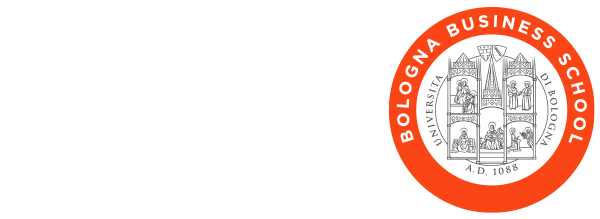Abstract
This is part of a case series. The case ‘Leading a University in the Midst of a Pan- demic’ has two parts: (A) Difficult Decisions; (B) A Fruitful Dialogue. The case follows the Rector of the University of Bologna, Professor Francesco Ubertini, as he copes with the first wave of COVID-19 outbreak in Italy. In Case (B), through the words of the President of the Student Council, an official organ representing all the students, the readers can understand what the role of students in the management of the crisis has been. Moreover, the case presents their reactions to both the decisions undertaken by the University during the first wave of CO- VID-19 (Feb-Jun 2020) and to those regarding the new academic year (20-21) when the University opted for Hybrid Teaching (half of students in class and half connected remotely) and adopted a very strict COVID-19 protocol that imposed several important restrictions. Case (B) class discussion focuses on what strate- gies the University should employ to balance safety measures (ie, social distan- cing) and students’ expectations (ie, eating in class or having breaks) and on the critical role of clients (ie, students) in co-designing some important processes and decisions.
Target for Teaching
- People Management
- Leadership
- Organizational behavior
- Crisis Management
Target audience and Issues
This case was developed with an MBA audience in mind, specifically for courses on People Management, Leadership and Organizational Behaviors, where it is possible to reach an advanced level of discussion built on personal experience, on topics like the most appropriate leadership behaviors in the management of crises. More spe-cifically, the case can open discussion about authenticity, as well as the importance of leaders being able to vary personal styles and behaviors according to the par-ticular stage of the crisis. Moreover, students may errone- ously believe that human beings can control the external environment according to their own plans and pref-erences; thus, the case can illuminate that the ability to cope with uncertainty is piv-otal for being successful in today’s world. Executives and practitioners may also find this case valuable for discussing how an organization should be prepared to face uncertainty and possible crises, whi- ch in-cludes identifying and mobilizing resources as needed. The case covers agi- le meth-ods that organizations can strategically adopt in order to respond more rapidly to crises. The case could also be used in an undergraduate course on Organizational Behav- iors and Crisis Management.
Teaching objectives
The four teaching and learning objectives that this case is primarily intended to serve are:
- Identifying the most appropriate skills, priorities and decisions, that a leader needs to undertake to manage an organization during a crisis.
- Understanding how a leader needs to use a variety of different styles and skills to cope with the multifaced aspects of a large crisis.
- Understanding how large bureaucratic organizations can enhance their agility.
- Identifying how the external environment can shape the functioning of an organization.



